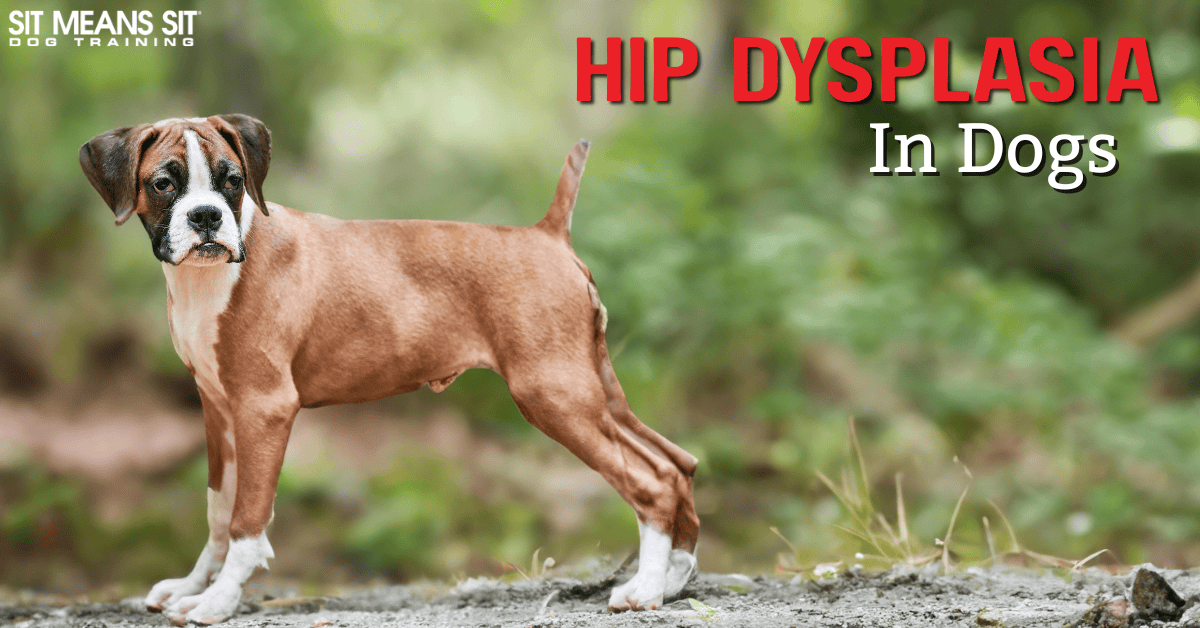Hip dysplasia is a condition that affects many dogs and can lead to significant discomfort and mobility issues if left untreated. Recognizing the signs and seeking treatment is essential to improving the quality of life and preventing long-term damage for these pups. Here’s everything you need to know about canine hip dysplasia, its symptoms, and how it’s treated.
What is Hip Dysplasia in Dogs?
Hip dysplasia is a genetic condition that affects the development of a dog’s hip joints, causing them to form abnormally. While puppies are born with normal joints, their hips may not develop properly as they grow, leading to looseness in the ball and socket of the joint. This misalignment causes the joint to wear down over time, leading to pain, arthritis, and limited mobility. While it may not be painful in the early stages, dogs can experience severe joint damage and discomfort over time.
Which Dog Breeds are Prone to Hip Dysplasia?
Common Signs of Hip Dysplasia in Canines
It can be tricky to spot hip dysplasia in its early stages, as symptoms often develop gradually. Some dogs might not show obvious signs of discomfort at first. However, as the condition progresses, you may notice a few key signs, including:
- Limping or favoring one leg
- Stiffness or difficulty standing up
- Reduced activity or reluctance to move
- Trouble climbing stairs and jumping onto furniture
- “Bunny hopping” when walking or running
- Decrease in muscle mass, especially in the thighs\
If your dog shows any of these signs, it’s time to talk to your veterinarian.
How is Hip Dysplasia Treated?
Treatment for hip dysplasia in dogs focuses on managing pain and improving mobility. Your vet may initially recommend medications to ease pain and inflammation, along with physical therapy to maintain proper joint movement and prevent further stiffness. Joint supplements containing glucosamine, chondroitin, and omega-3 fatty acids can also provide support.
In more severe cases, surgery might be necessary. Young dogs with hip dysplasia may benefit from procedures like juvenile pubic symphysiodesis or triple pelvic osteotomy (TPO), which aim to improve the hip joint’s alignment. For older dogs, hip replacement surgery or femoral head ostectomy can help manage pain and improve their quality of life. Your veterinarian will help determine the best course of action based on your dog’s unique needs.
Exercises for Dogs with Hip Dysplasia
Maintaining a healthy weight is essential to reducing the strain on your dog’s hips. When managing hip dysplasia, regular, low-impact exercises are key to keeping your dog’s muscles strong and joints healthy. Walking is one of the best ways to help improve mobility, so aim for two short walks each day. Swimming is also a great option, as it provides a full-body workout without putting stress on Fido’s joints. Be sure to avoid activities like jumping or running long distances, which can worsen hip dysplasia.
When to Seek Professional Help
If you notice any symptoms of hip dysplasia in your furry friend, it’s essential to take them to see a veterinarian. Catching this condition early can make a big difference in managing it and preventing further issues. If you have a breed at high risk for this condition, it’s a good idea to talk to your vet about early screenings to catch any problems before they become more serious. Your vet can help guide you through the best treatment plan for your dog’s specific situation.
Hip dysplasia is a challenging condition for both dogs and their owners, but with early detection and care, many dogs can live active and comfortable lives. If you notice any signs of discomfort, don’t wait too long to reach out to your vet. Your pup deserves a life full of tail wags and adventures, and with the right treatment, they can continue to enjoy it!
Check Out These Posts for More Joint Health Tips!
Tips to Prevent Joint Problems in Dogs

